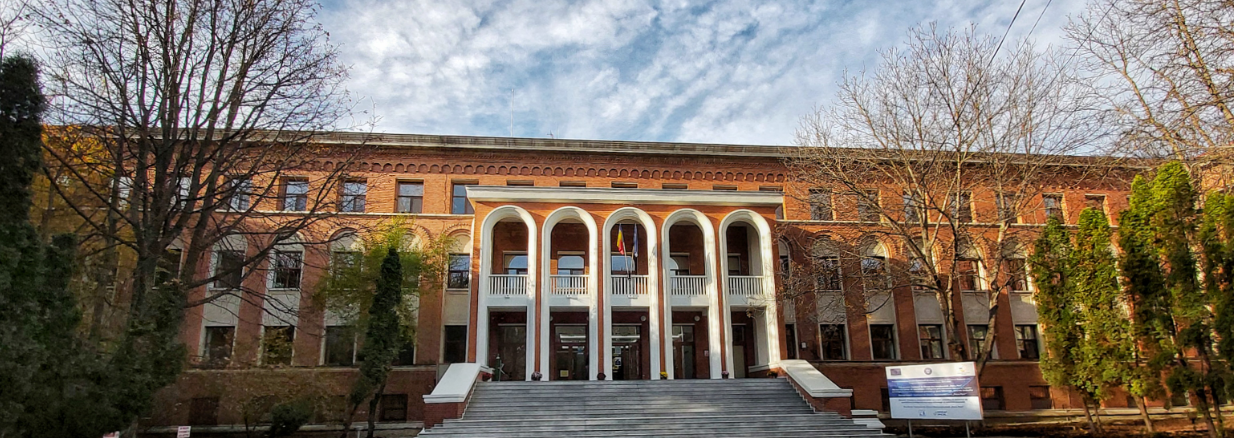Project code: PN-III-P1-1.1-TE-2019-1375, No. TE 45 / 2020
Acronym: NANO4BIO
Funding program: Human resources; Subprogram: Research projects to stimulate young independent teams (TE);
Contract Authority: The Executive Unit for the Financing of Higher Education, Research, Development and Innovation (UEFISCDI)
Descroption: Due to the environmental concerns, there is an increase demand of using natural, bio-based products, like wood, wood-based products, cardboards and paper in different application sectors, in order to reduce the use of petroleum-based plastics. One of the main drawbacks of these materials is their low resistance to humid environments, as well as temperature and biodegradation factors. In order to reduce these, coatings are generally applied for the protection of their surfaces.
Therefore, the development of new sustainable innovative coating materials presents a great potential for the improved durability and performance of bio-based materials against environmental factors and/or atmospheric pollution. Despite a large amount of research being undertaken in industry, research laboratories and universities, the demand for new, innovative materials for the coating industry eco-friendlier and with increased compatibility to the applied substrate are necessary.
For this, the project will implement scientific and technological solutions and will identify the opportunities and obstacles for market introduction of new sustainable high-performance formulations for wood and paper coating to remove current technological, industrial or social limitation. By combining the principles of nanotechnology with an innovative approach (Pickering emulsion polymerization) to acquire specific properties, through a combination of surface effects and geometries, will ensure that the coated material can be re-used at the end of life for other products (cascading) and the formulations will present higher environmental durability.
The field of applications is of great interests for the wood industrial sector, but also for the scientific community, through development of a deeper knowledge on interactions and compatibility between new synthesized materials and wood/cellulose structure. |








